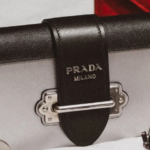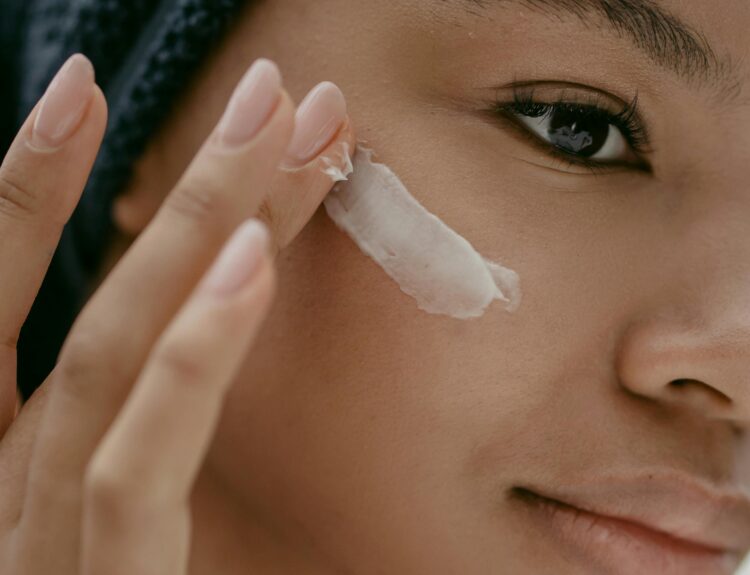Words By: Agnes Aui
Switching to a sustainable lifestyle is extremely important now more than ever before. Though people try to deny it, the evident change in climate and pollution throughout the world shows how vital it is to care for our environment. Should the world turn a blind eye to the effects of climate change and other environmental factors, the human population would be the one to ultimately suffer from health and livelihood issues linked to these environmental effects.
Of course, being 100 percent sustainable is easier said than done, and many people struggle to convert to a sustainable lifestyle. This is because when we try to go sustainable all at once, it’s inevitable that we’ll make some mistakes. These mistakes may demotivate us and ultimately result in us giving up the whole sustainable transformation. Thus, it’s important to take baby steps when it comes to adopting the lifestyle. Make small yet important changes in your daily way of life and soon, you’ll see bigger and better changes.
If you’re wondering where to start, how about making the switch in your beauty routine? Instead of the usual chemical filled and plastic packaged beauty products, go for sustainable options like natural ingredients and biodegradable packaging. Does this pique your interest? Well, then keep on reading to find out more about sustainable beauty.
Firstly, what is sustainable beauty?
Sustainable beauty are products that can exist constantly, or in simpler terms, eco-friendly. The products should be safe for people and the Earth while being formulated with all-natural and non-toxic ingredients. The products must also adhere to an environmentally-friendly production practice and packaging method, producing little to no waste and packaged in biodegradable or plastic free containers.
When purchasing sustainable beauty products, take your time to go through the list of ingredients to find a brand that does the most for the environment. Alternatively, you can turn to homemade beauty products using ingredients that you can easily find in the comfort of your own home.
Next, how do you identify sustainable beauty products?
The one thing everyone should know about sustainable beauty brands, is that not one brand is entirely perfect. We could write an entire list of requirements when shopping but most likely, we would find ourselves turning down every beauty product we come across. So, when identifying sustainable beauty products, keep in mind to find brands that go the extra mile.
Another thing is to not limit yourself to only purchasing mainstream brands. Widen your horizons and try small local brands too, you’ll be surprised at the quality as most startup sustainable brands produce their products in small batches, ensuring high quality for an affordable price. When scanning through the ingredients listed on the beauty product, keep an eye out for these words: cruelty-free, non-toxic, vegan and palm oil free. These keywords determine whether a product is sustainable or not. As for business practices, find out whether the brand sources its ingredients ethically and packages its items thoughtfully (plastic-free, reusable or biodegradable). If the product and brand matches the points highlighted above, then they’re safe to add to your sustainable beauty collection.
What should you do if your current products aren’t sustainable?
Let’s say you’ve decided to make the switch, but soon realise that most if not all of your current products aren’t sustainable. The reasonable thing to do is to use the products until they have finished, then make the switch. However, since you’ve made the pledge to convert to the sustainable lifestyle, you’ve got to think what to do with the packaging that came with your products. Don’t panic just yet, because here’s a few things you can do to minimise waste.
First, recycle parts that can be recycled. For products that have more than one element of packaging (for example, plastic and metal), make your effort count by trying your best to separate elements of the product’s packaging and recycling them individually.
Another method is to upcycle the packaging. Little glass containers can be reused to store homemade lip balm while jars can be used to store dry ingredients or other homemade beauty products. Mascara containers and wands can be reused to store unprocessed oils that can be applied to your lashes or eyebrows to stimulate hair growth, and small containers can be used in your travel kit to store your homemade items.
Last but not least, donate the packaging to those who need it. As an example, old mascara wands can be donated to ‘Wands for Wildlife’, a non-profit organisation that reuses old mascara wands to remove fly eggs and larva from the fur and feathers of wild animals. Containers can be donated to children’s homes or retirement homes to be reused for medication or dry foods.
Making your own sustainable beauty products
When switching to a sustainable lifestyle, one of the most common practices is to make your own beauty products with ingredients that you can basically find in your pantry. Ingredients range from baking soda, honey, salt, sugar, coconut oil, beeswax and more – all of which should be natural and ethically sourced.
The benefits of making your own beauty products is that you know exactly what’s in it. The ingredients used are absorbed into your skin, which is why homemade products are always the best as you’re assured that not a single preservative or chemical is used. Homemade products also don’t cost as much as the ones you’d find in store. In fact, they cost only a fraction of it. So not only are you saving money, but you’re saving the environment from waste and saving your skin from chemicals.
Homemade beauty products are also fun and relaxing to create, making it a great weekend activity for those who are working. Scrubs can easily be made with used coffee grounds, sugar or salt alongside coconut oil or olive oil. Combine coconut oil and baking soda for an easy homemade deodorant and toothpaste as well. Baking soda can also be used as a mouthwash when diluted with one cup of warm water.
At the end of the day, making the switch to sustainable beauty is a fulfilling process, for you and for the environment. Just make sure to go at your own pace and to never give up.
Extra reading on Sustainable Beauty by Angelia Teo, Research Manager, Mintel APAC
Angelia Teosaid, “The beauty and personal care industry in Asia Pacific has taken a hard hit due to the COVID-19 pandemic. Consumer attitudes and behaviours have shifted as a result and the industry has faced unprecedented challenges, but also opportunities. Innovation is also flourishing in the sector. In our annual Asia Pacific Beauty and Personal Landscape, we’ve focused on the evolution of consumer trends and market opportunities for brands.”
Key highlights of the annual report include:
Growing consumer interest in sustainability and health
The outbreak of COVID-19 has further heightened consumers’ awareness of sustainability and health. According to Mintel’s Global COVID-19 Tracker, 87% of Indian consumers have indicated that environmental issues have become a higher or lower priority for them– second only to eating healthily.
Meanwhile, Mintel Global Consumer research shows that 78% of South Korean consumers would like to see more innovative environment-friendly products, and 90% of consumers in Japan think it is important to manage their emotional wellbeing.
Therefore, how to share and showcase sustainability initiatives and precisely respond to consumer’s health needs is one of the most important factors for brands to engage consumers now and in the years to come.
Haircare, clean and green beauty drive innovation and new experiences
Consumers are always ready to embrace new concepts and experience new products, regardless of how the market changes. China’s haircare market has maintained steady growth over the past five years with a compound average growth rate (CAGR) of 4.8%, according to Mintel research. Haircare products’ import value in the first half of the year increased 21%, compared with the same period the previous year. Interest in haircare is continuously growing among Chinese consumers, with many haircare brands taking inspiration from the skincare industry and innovating around textures and ingredients.
Moreover, Mintel Global Consumer research indicates that 75% of consumers in Australia and New Zealand love trying new experiences. As competition for clean and green beauty continues to grow, especially from Western markets, ANZ beauty brands should work harder for their consumers and lean into expertise to stand out in the congested beauty market, rather than just focusing on clean or proving dermatological efficacy or safety.






